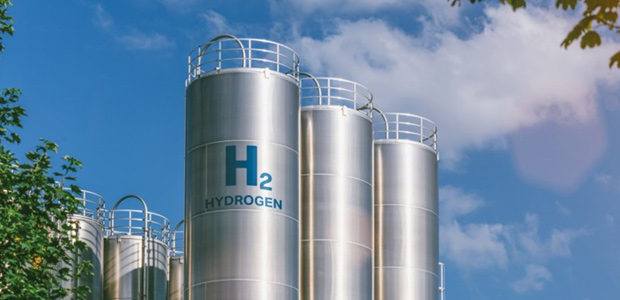The hydrogen trade, while just emerging, shows potential. The Net Zero Emission Scenario (NZE) suggests that by 2030, international trade might meet about 20% of global hydrogen demand. However, today’s growth seems slow.
At the moment, hydrogen movement is restricted. Only a handful of pipelines in Belgium, France, and the Netherlands facilitate this, with some pilot projects exploring maritime transport. An outlier here is the chemical sector, trading in ammonia and methanol. The IEA’s Global Hydrogen Review 2023 does note regular ammonia transactions, primarily for the fertiliser industry. However, fuel-based trade remains in the pilot phase.
Compared with the data from 2022’s Review, recent announcements show a 25% growth in hydrogen trade projects. However, progress on ongoing projects feels stagnant. Notably, only three initiatives, including the NEOM project in Saudi Arabia, are making headway, with ammonia as their chosen carrier.
According to a report by ESI Africa, a significant portion of the proposed projects targeting 2030 are still in their infancy. Only a fraction have identified potential buyers or reached binding agreements.
We need harmony between production facilities, infrastructure, and buyers to see these trade projections come to life. Despite a surge in hydrogen export announcements, only a handful of projects seem to have crossed significant milestones. This hints at the challenges ahead, especially in scaling the export market by the next decade.
The review offers a glimpse into the future, suggesting that by 2030, a combination of Central and South America and North America might dominate hydrogen exports. Conversely, Europe’s hydrogen trade seems insular, likely staying within its borders.
The Global Hydrogen Review identifies budding trade routes, particularly linking Australia to Europe and prominent Asian markets, namely Japan and Korea. In another vein, Latin America is turning its gaze towards Europe, while North America’s interest aligns with the Asian sector.
Jabri Ibrahim, sharing insights at the Africa Renewables Investment Summit, highlighted hydrogen’s evolving role. “It’s a tool for emission reductions,” he clarified. For Africa, Ibrahim emphasised the need for strategic investments, nudging towards green steel, especially with the Carbon Border Adjustment Mechanism rules around the corner.
However, the journey ahead isn’t without its bumps. A glaring challenge in the hydrogen trade narrative is the absence of a globally accepted metric to gauge hydrogen’s emission intensity. This void could lead to a scattered market.
Ibrahim proposes the Africa Green Hydrogen Alliance as a potential game-changer, positioning Africa prominently in the global hydrogen market narrative. He pushes for a cohesive regional alliance for smooth trade relations, especially with the EU. Still, he raises a flag against a scattered approach towards green hydrogen certification in Africa, which might deter EU exports. “A collective baseline for standards is pivotal,” concluded Ibrahim.



